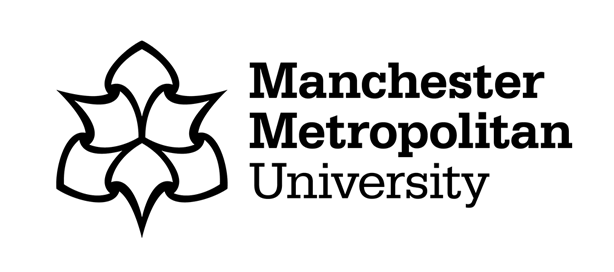
My PhD involves working on an interpretation of artisanal footwear prototyping as an alternative, sustainable fashion system. Artisanal fashion is a design and production approach dedicated to the creation of clothing using traditional methods. At the heart of these small-scale businesses are three pillars: independent and original design, high-quality materials, manual and semi-manual production techniques. My research is looking at the role of artisanal fashion design and, more specifically, the usage of leather crafts in artisanal footwear practice as an opposition situated within the universal fashion system. The aim is to use this critical framework on the intersection between design and crafts to develop new design knowledge, a different view on this hand-made footwear prototype’s afterlife and to propose a redefinition of the artisanal footwear prototype as a fashion commodity. It shows how a by-product of the production process is given a new and much higher value through design.
I bridge contextual and practice-based research methodologies to study the creation and attribution of symbolic value in material culture and objects. Fashion discourse frequently overlooks the artisanal fashion market despite its cultural and ecological advantages. As a result of the market’s relatively small size, there is very little data available on this approach, which is why my starting point was in creating an overview of the market. While my research focuses on the practice itself [i.e., bespoke shoe lasting, sustainable, manual making techniques], I found the preliminary data obtained through qualitative research methods more meaningful than initially expected.
The plan was to better understand the market’s location within the broader fashion system and its design and production conditions by conducting interviews with artisanal garments, footwear and accessories designers. My previous experience working as a designer for a leading artisanal label made me conscious of the difficulty in locating these off-radar practitioners. Still, I knew there was some advantage in my prior knowledge and that it could act as a point of access. I started the process thinking the challenge would lie in locating research participants. However, I soon realised tracing these designers would be a smaller challenge than eliciting their cooperation.
Perhaps one of the more extreme examples occurred whilst I was looking for potential research participants. Feeling more like a private detective than a researcher, I finally uncovered an anonymous and successful artisanal designer’s identity after a not insignificant amount of investigation. I sent his research invitation by post given that he is not digitally connected in any way, in line with his overarching design philosophy. However, before the letter reached its destination, a friend of the designer who himself had not heard from him for a decade (but presumably had been asked to act as messenger), contacted me and asked me to end my search.
This experience contributed to my understanding of the market, its power relations and commercial stability. In retrospect, I let the dominant fashion narrative influence the way I perceive the group I am a part of and, in this sense, shape my misconception about its lack of cooperation. That which I previously interpreted as elitism was the oppositional group’s form of isolationism, their way of protecting a slow, sustainable agenda and intellectual property from the prevailing fashion system. Additionally, the data points out intergenerational tension, describing more of a conflict environment than a creative community. These interviews increased designers’ engagement with shared knowledge and, indirectly, invited them to think of themselves as a community.
Via its national lockdowns and financial repercussions, the pandemic made these independent designers’ traditionalist, ‘brick-and-mortar’-based business models more fragile. Furthermore, many of the confirmed research participants did not feel comfortable with the concept of online interviews, and I had to make some adjustments to the research plan. I decided to look outside of the UK for new interviewees which lead to a broader perspective on the European artisanal market.
The data so far suggests that the 21st-century introduction of more technological and sustainable concepts transformed the market, making it more inclusive and, as a result, the artisanal spectrum broader than previously reported.
This was (and in many ways, still is) a very challenging period for me. I think the physical space is an essential element to the design process and the ability to co-design and speculate with others is critical. Additionally, it is close to two years since I last saw my family, and I have had to find the mental space to change the original research plan while back home, a war was going on. I found the Graduate School online writing retreats super helpful, and although I like sitting in the back row, I also found comfort in taking action and setting up an online working group for Manchester Met’s PGRs. We started small, testing various formats, and we grew into a supportive community made up of researchers from various departments across the university meeting regularly to ‘work alone together’. I am particularly proud of the female majority in the group and how it helped working mothers through this period.
I think the ability to pause and reflect is essential. To acknowledge the things you have already achieved and the small battles you won, and to just enjoy these moments before moving on to the next project. Oh, and please feel free to join our Codo sessions, where you can find the group of unbelievably kind and funny people who made this challenging year a productive one for me.
Mor received funding through the Manchester Metropolitan Graduate School’s Research Support Award to complete her research and fieldwork. You can find out more about the award and upcoming deadlines by visiting the PGR Development Moodle area.


